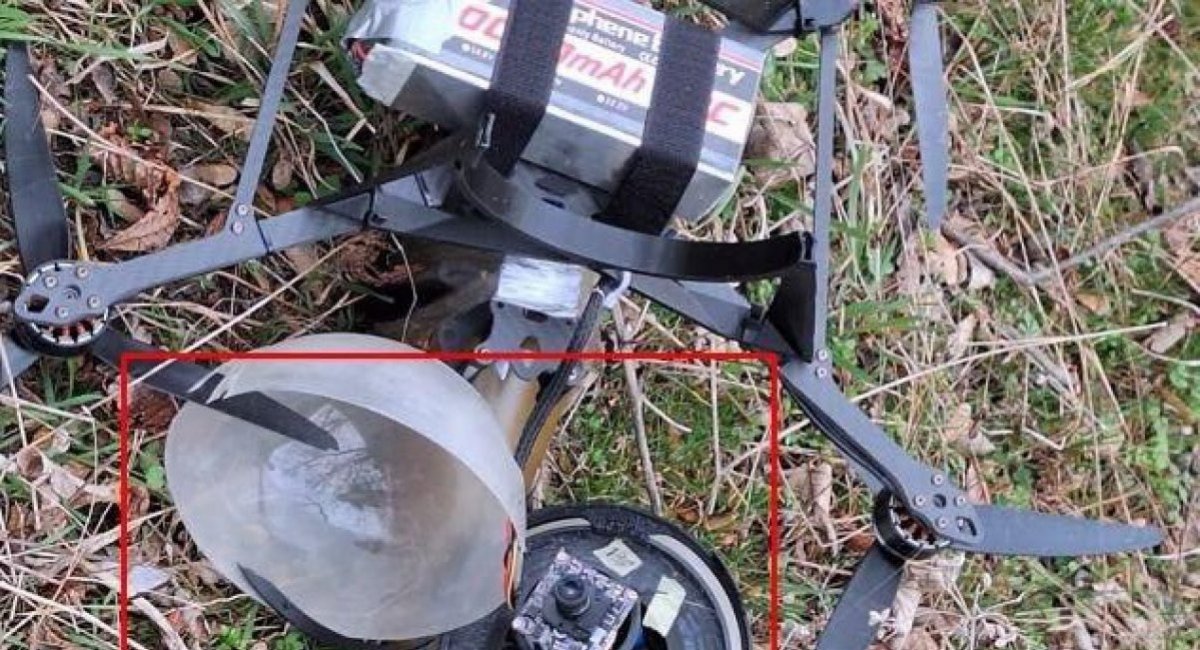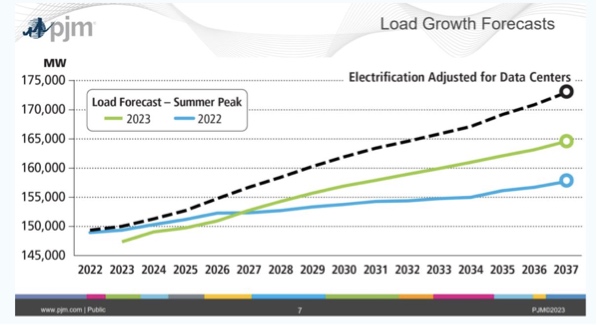April 1st Is A Day For Jokes -
But Can You Tell Which Are Jokes And Which Are Real?
It is traditional to use April 1st - April Fool's day - as a day to
create jokes, the more outrageous but believable the better. One of the
best for the fiber optic community was Google TISP
- the first Google fiber to the home offering, where they mail you a
package with a fiber optic cable that you install yourself by flushing
it down your toilet! Amazing how many people believed that one was real!

So this month in the FOA Newsletter we're going to run some stories that
might be true, might not. Read them and guess. We'll provide a link at
the end for you to check your guess.
Check your guesses below.
AI To Write International Standards

An Artificial Intelligence (AI) called ISObot that
is capable of writing new industry standards has been introduced.
Created by a consortium of standards groups, ISObot is designed to write
industry standards on any subject. ISObot was trained first on the
thousands of standards already in existence so it would first learn the
structure, language of standards and the format. Then it was trained
on relevant articles on the Internet and applications literature of
companies involved with the topics of the standards being created and which would be expected to write the relevant standards.
A spokesperson for the creators said, "ISObot can
write standards as well as any of the current standards committees. Even
better it means no more debating in long committee meetings or backroom
maneuvering to get standards for any topic. It also reduces the time to
write a standard. ISObot can write a standard in a few minutes that
might take a committee years to create, given the need for agreement
among the committee members. The standards members who have seen the
results of ISObot think the resulting standards are as good as the ones
they create, but they are complaining that there is no longer any excuse
to travel to exotic locations to have meetings."
ISObot's first fiber optic standard is the
standard for OSP aerial cable plants. The development of the standard
had a steep learning curve; one iteration confused pole location and
service loops, leading to occasional curlicues in the layout of cables
and service loops partially buried in the ground. Confusion over the
word fiber also resulted in including a specification for the tension on
yarn strung between poles. But all the bugs have now been worked out
and the final standard will be released on April 1, 2024.
Soon ISObot will produce international standards that
cover any and everything, from fiber optics to electrical vehicles to
AI. Yes ISObot will write standards that cover itself.
Is ISObot real? No!
No, ISObot is not real We hope you enjoy this
April Fool's Day joke. AI seemed to be a good target for a joke, since
it's beginning to look a lot like 5G - mostly hype. "I believe a large part
of the artificial intelligence boom is hot air, pumped through a
combination of executive bullshitting and a compliant media that will
gladly write stories imagining what AI can do rather than
focus on what it's actually doing. " That's a quote from Edward Ziton,
writer and Tech PR guy in a post "Have We Reached Peak AI?" that is really worth reading. And another great article - totally real is What do Americans think about human rights for AI?
Can't get enough AI? No? Try this article: Artificial intelligence can help straighten teeth
Return to the FOA Newsletter
Fiber Optic Drone Guided By Fiber Optics
The Ukrainian Army recently captured a Russian drone which communicates
via a fiber-optic link instead of radio, making it jam-proof.

Ukrainian military reported this strange new type of Russian drone, in
addition to the usual warhead, was carrying a hollow plastic egg
containing optical fiber that spooled out behind the drone and provided a
communications link to its operator.
Kalashnikov subsidiary ZALA boasted that their new ‘Product 55’
quadcopter was proof against all forms of radio jamming. The Russian
attack drone uses a very different and quite surprising technology to
overcome radio interference and jamming: it has no radio but
communicates with the operator via a fiber-optic cable spooled out as it
flies.
This was the concept behind the U.S. Fiber Optic Guided Missile (FOG-M)
program from the 1980s. Being able to see from the missile’s point of
view meant the operator could engage targets beyond their line of sight;
a light vehicle carrying racks of EFOG-Ms would be able to destroy
enemy armor a long range.
Is this fiber optic guided drone real? Yes!
Yes, the fiber optic guided drone is real. Defense Express
reported on this. Back in the 1980s, the US military developed
ground-to-ground missles that were guided by an operator
communicating through an optical fiber that trailed out behind the
missle as it flew through the air. One of the secrets of the design was
the spool of fiber on the missle that could hold the fiber until it ws
fired but release it at high speed during flight. The secret was the
glue that held the fiber together - hair spray! Even only one particular
brand of spray.
Return to the FOA Newsletter
Technology Burnout

The technology industry felt like an island of bubbly optimism about
its future and ours. Faith in the magic of technology was painfully
earnest — and refreshing.
But we’ve changed and the technology industry has changed.
There has been a slow metamorphosis of America’s technology industry
from David to Goliath. Along with it, the zesty confidence of the early
2010s has curdled. Our bubbly faith in technology is now tempered by
mistrust and resentments.
That shift was spotlighted this week by a landmark European law trying
to wrest power from Big Tech, fresh allegations that Meta repeatedly
failed to help people whose social media accounts were hijacked by
scammers and a fight between rich tech executives over artificial
intelligence that’s more about their self interest than our needs.
Many of us are grateful for technology and hope it can help us solve
thorny problems. We also fear that many technologies and tech companies
are making us and the world worse. We’ve become more worried than
hopeful about inventions like AI.
Our feelings about technology may not be facts. But they do influence
how we view technology and the world around us. And there’s no turning
back to the fresh optimism I felt years ago.
Is this column for real? Yes!
It's real, one columnist's opinion, but real! It's from a column on technology by Shira Ovide in the Washington Post on March 8, 2024. It's worth reading the entire column because it expresses a frustration many have with tech today.
Shira also has a good column on AI Bots - a good place to start if you are interested in them.
Return to the FOA Newsletter
AI Generated Spam
The following AI written email was received by FOA President Jim Hayes:
From: Chip Minto
Subject: Let's consider focused insights: B Generous
Hi Jim,
Your dedication to promoting fiber optics through education and
certification at FOA is truly commendable. As Chip, Director of Lending
and Partnerships at B Generous, I've seen organizations like OFS and
Corning thrive by staying ahead with our market trends.
FOA's impact in the industry, particularly your recent initiatives, have
caught our attention. The resilience highlighted in recent reviews
showcases your commitment to excellence and innovation.
In our quest for futuristic solutions, we invite you to an exclusive
strategy session tailored for FOA. Dive into a world of possibilities
with us in a 20-30 minute chat using the FOA invitation deck. Join the
ranks of the 221+ in this unique journey towards success.
Wishing you a week filled with inspiration and growth.
______________________
Chip Minto
Director of Lending and Partnerships
B Generous
United States.
Kalendar.AI sales agents have written & sent this email on behalf of
B Generous as they've requested us to send this to you. If you no
longer wish to receive these emails, simply unsubscribe to never hear
from them again, respond to them here, or let us know if you find any
errors in the AI content generation with your kind, big heart. We only
process publicly available information limited to Name (first and last)
and company information (location, the domain, website metadata such as
technology, and any relevant keywords). We DO NOT track or store any of
your personal information. Please visit our TLDR privacy if you want to
understand more about how we process data. Our mission is to help
businesses create opportunities, particularly helping small businesses
to thrive with the help of AI-driven stories. We strictly comply with
CCPA, GDPR, and CAN-SPAM laws. You can opt-out of our data processing
anytime. We are Kalendar Inc, located at 450 Lexington Ave. New York, NY
10017.
Is this Email real? Yes!
It's True - We in fact did get three of these AI generated spams or maybe
phishing emails - we certainly would not click on any of the links! The purported senders of all 3 are listed below.
Not only did we actually receive this AI-generated spam, but all 3 of
them were practically the same except they mentioned different fiber
optic companies, and all came in a few days time. They came from the
same company Kalendar AI but from three different people, naming different fiber optic companies
About Kalendar AI from their website: Kalendar.AI sales agents autonomously drive meetings, sign-ups, and
revenue, captivating your prospects from a pool of 300+ million
companies globally. Our personalized email ads deliver 10X your current
ROI from B2B campaigns.
Tommy Khamoushi
CEO TTR Technology Fairfax,US.
Mentions: AFL, Sumitomo Electric Industries, and Fujikura
LinkedIn https://www.linkedin.com/in/tommy-khamoushi-3848b5125/
Chip Minto
Director of Lending and Partnerships B Generous United States.
Mentions: OFS and Corning
LinkedIn https://www.linkedin.com/in/chip-minto-aa633220/
Eric Delisle
Dir. Business Development Nperspective CFO & Strategic Services Orlando,US.
Mentions: Ciena Corporation, Sumitomo Electric Industries, and AFL as well as an event we never heard of, let alone attended
LinkedIn https://www.linkedin.com/in/ericdelisle/
Return to the FOA Newsletter
Data Centers, AI, Crypto To Cause Power Grid Overload
Amid explosive demand, America is running out of power - AI and the boom
in clean-tech manufacturing are pushing America’s power grid to the
brink. Utilities can’t keep up.

Vast swaths of the United States are at risk of running short of
power as electricity-hungry data centers and clean-technology factories
proliferate around the country, leaving utilities and regulators
grasping for credible plans to expand the nation’s creaking power grid.
Data center growth is being driven by the increase in streaming video,
but in addition the massive computing power needed for AI and Bitcoin
mining.
The soaring demand is touching off a scramble to try to squeeze more
juice out of an aging power grid while pushing commercial customers to
go to extraordinary lengths to lock down energy sources, such as
building their own power plants.
“When you look at the numbers, it is staggering,” said Jason Shaw,
chairman of the Georgia Public Service Commission, which regulates
electricity. “It makes you scratch your head and wonder how we ended up
in this situation. How were the projections that far off? This has
created a challenge like we have never seen before.”
A major factor behind the skyrocketing demand is the rapid innovation in
artificial intelligence, which is driving the construction of large
warehouses of computing infrastructure that require exponentially more
power than traditional data centers. AI is also part of a huge scale-up
of cloud computing. Tech firms like Amazon, Apple, Google, Meta and
Microsoft are scouring the nation for sites for new data centers, and
many lesser-known firms are also on the hunt.
The proliferation of crypto-mining, in which currencies like bitcoin are
transacted and minted, is also driving data center growth. It is all
putting new pressures on an overtaxed grid — the network of transmission
lines and power stations that move electricity around the country.
Bottlenecks are mounting, leaving both new generators of energy,
particularly clean energy, and large consumers facing growing wait times
for hookups.
Are the future problems of the power grid real or a joke? Yes!
The future problems with a shortfall of generated power and lack of
sufficient transmission capacity caused by AI and Bitcoin mining are all
too real. read about it here:
Amid record high energy demand, America is running out of electricity - The Washington Post .
How well did you do?
Return to the FOA Newsletter
|



